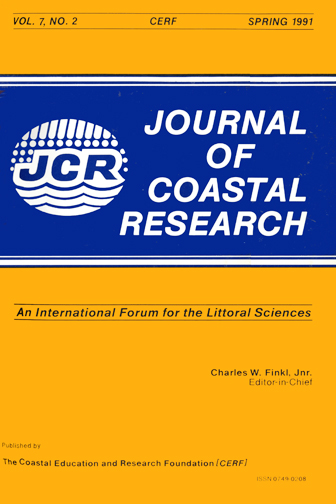Carbon Fractionation and Balance in the Eastern Harbour of Alexandria, Egypt
Keywords:
Alexandria coast, DIC, DOC, living biomass, mass balance, PIC, POC, sewageAbstract
The concentrations of POC in the Eastern Harbour of Alexandria (average 2.2 mg/I) are high when compared with other coastal and estuarine areas. The inverse relation between POC and salinity (r = - 0.4493) suggests an allochthonous origin of POC in the harbour. The living fraction of POC (about 75%) included zooplankton 50.02%, phytoplankton 21.8%, and bacteria 28.18% while the detrital fraction constituted between 25 and 28% in the surface and bottom waters, respectively. PIC (average 4.62 mg/l ) constituted between 45 and 49% of the total particulate carbon in the bay. The coincidence between DOC, chlorophyll a and total living biomass peaks indicate that extracellular loss of phytoplankton and herbivores faecal pellets are major sources for DOC (average 5.27 mg/l) to the harbour water. The forms of organic carbon in the harbour can be used as organic matter pollution indices. The DOC/POC ratio was about 2.5:1. Dissolved inorganic carbon (average 11.38 mg/I) is the highest with regards to concentrations among the carbon forms, constituting about three quarters of TIC. The average percents of TDC/ TC, TOC/TC and POC/PC were 73.5%, 31%, and 39%, respectively. The basin receives annually about 229, 96, 191, and 448 metric tons of POC, DOC, PIC, and DIC, respectively. The difference between sewage addition and the carbon present in the harbor as well as the differences in the proportionality of species is due to the short residence time of the harbour water and the dilution by Mediterranean waters.


